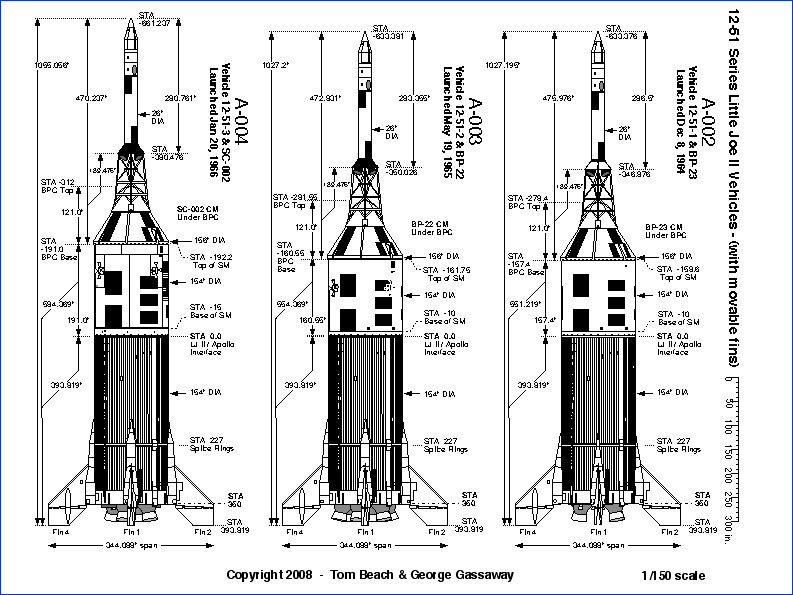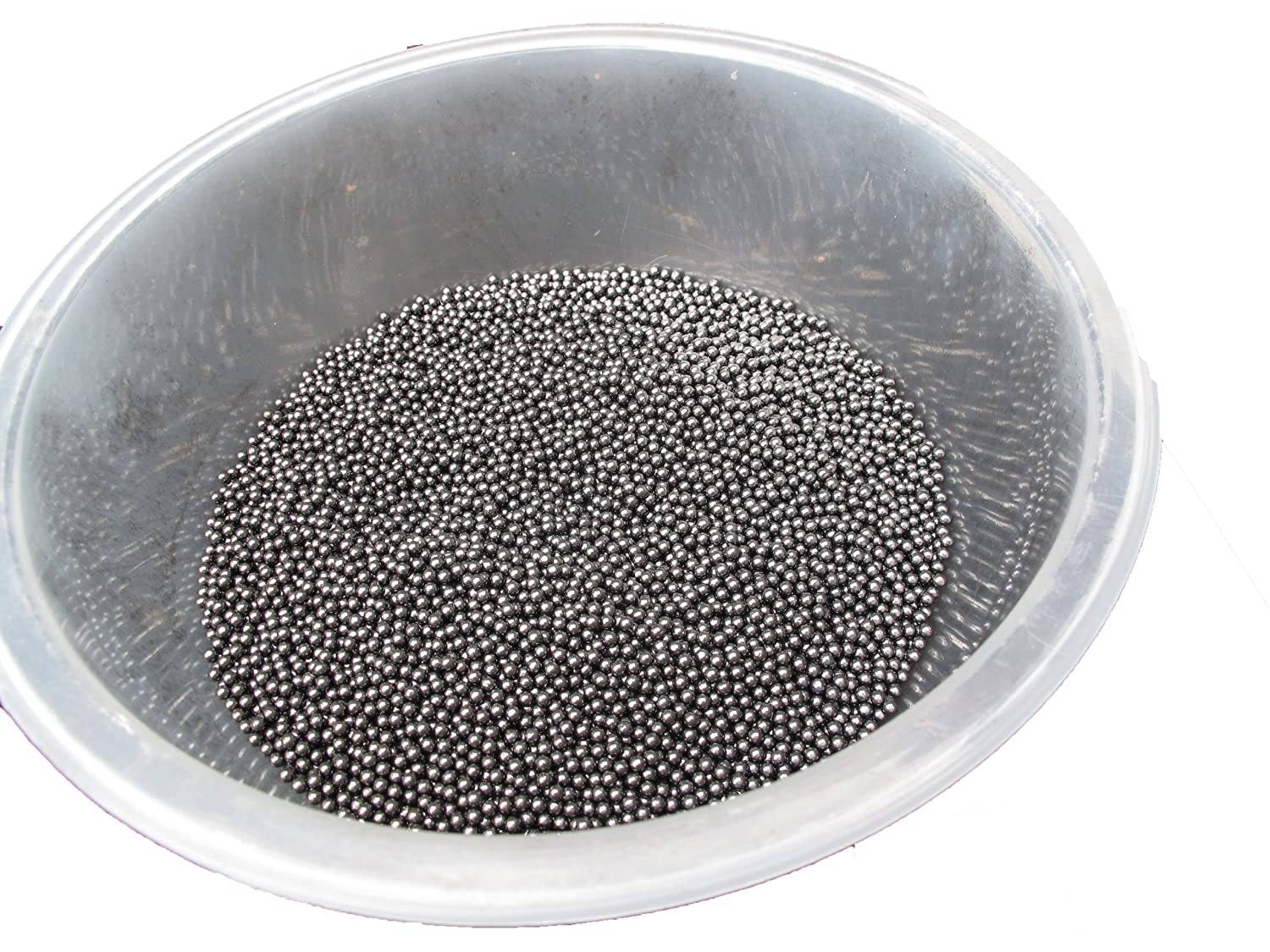- Joined
- Apr 20, 2019
- Messages
- 82
- Reaction score
- 35
https://www.rocketryforum.com/threa...-tips-tricks-and-modifications.131767/page-10
That, ladies and gentlemen, is one awesome thread. Many thanks to all the contributors.
This thread is to record the adventures and misadventures of modeling a specific LJII Mission, A-003. The A-003 was the only mission flown with 6 Algol motors, 3 launch and 3 air-start. The intended altitude was 100,000', by far the highest of all the Apollo LJ missions, but it broke up at 12,000' due to a guidance malfunction.
Video: Little Joe A-003 mission
This build is to model a successful A-003 mission using the Estes 1/45 scale kit, using a 6 motor cluster of D10s, 3 launch and 3 air-start.
The build has the following parameters:
The air-start avionics are planned to be the Transolve TripleFire with a ground transmitter. Heck, I would love to fly this thing, not only launch it! TripleFire would also give me the option to manually trigger the LES tower jettison if so desired.
Here is my initial Open Rocket design. There is plenty of nose weight in the LES tower. With 6 D10's loaded the CG at launch is a bit behind the capsule shoulder, giving a stability of 1.22 cal. Launch weight of 1.68 lb. This will be flown as a Large Model Rocket. Predicted altitude is about 400m.

That, ladies and gentlemen, is one awesome thread. Many thanks to all the contributors.
This thread is to record the adventures and misadventures of modeling a specific LJII Mission, A-003. The A-003 was the only mission flown with 6 Algol motors, 3 launch and 3 air-start. The intended altitude was 100,000', by far the highest of all the Apollo LJ missions, but it broke up at 12,000' due to a guidance malfunction.
Video: Little Joe A-003 mission
This build is to model a successful A-003 mission using the Estes 1/45 scale kit, using a 6 motor cluster of D10s, 3 launch and 3 air-start.
The build has the following parameters:
- Have a ton of fun
- minimize build time. (i.e. emphasize function over aesthetics, while paying all due respect to the mission.)
- enjoy using Open Rocket software for design and prediction
- fly successfully with a 3/3 air-start configuration of six D10 motors
- build the motor mount so each motor thrusts through the CG
- reinforce the Launch Escape System tower to hold more nose weight for stability
- model the Apollo capsule descent beneath 3 large parachutes
- model jettisoning of the LES tower with safe recovery
The air-start avionics are planned to be the Transolve TripleFire with a ground transmitter. Heck, I would love to fly this thing, not only launch it! TripleFire would also give me the option to manually trigger the LES tower jettison if so desired.
Here is my initial Open Rocket design. There is plenty of nose weight in the LES tower. With 6 D10's loaded the CG at launch is a bit behind the capsule shoulder, giving a stability of 1.22 cal. Launch weight of 1.68 lb. This will be flown as a Large Model Rocket. Predicted altitude is about 400m.

Last edited:



































